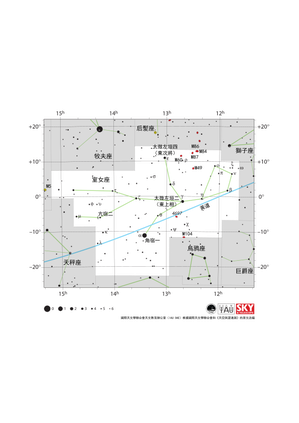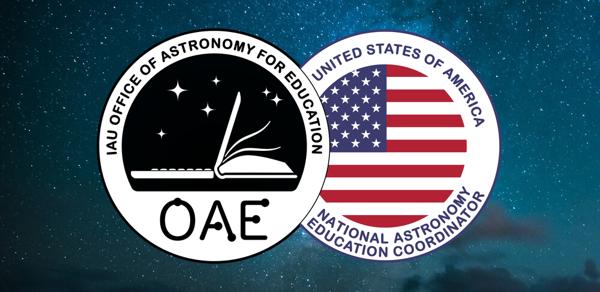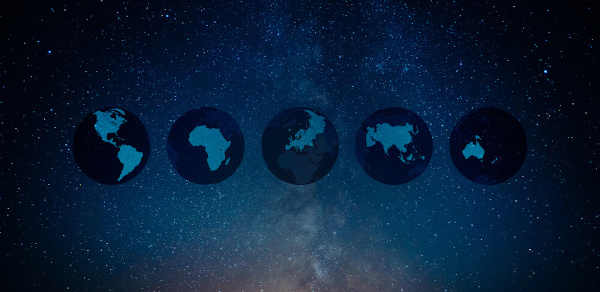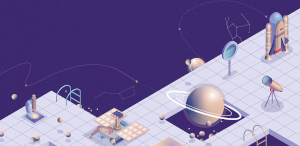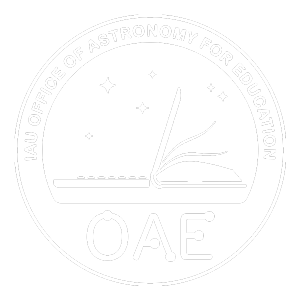Glossary term: 超大質量黑洞
Description: 顧名思義,超大質量黑洞(SMBH)是最大的一類黑洞,其質量是太陽質量的數百萬到數十億倍不等。觀測證據表明,所有大型星系的中心似乎都蘊藏著一個超大質量黑洞。銀河系就有一個名為人馬座 A*的超大質量黑洞,其質量約為太陽質量的 450 萬倍,直徑約為 4000 萬公里。大量的質量集中在小體積中導致黑洞具有巨大的引力場(深重的引力勢阱)。自 2019 年以來,科學家們利用分布在世界各地的射電望遠鏡網絡的數據,拍攝了超大質量黑洞事件視界的圖像。截至2023年初,已經以這種方式成像了兩個超大質量黑洞:人馬座A和位於距離地球超過5000萬光年的星系M87中心的超大質量黑洞(質量是太陽的65億倍)。
Related Terms:
See this term in other languages
Term and definition status: The original definition of this term in English have been approved by a research astronomer and a teacher The translation of this term and its definition is still awaiting approval
This is an automated transliteration of the simplified Chinese translation of this term
The OAE Multilingual Glossary is a project of the IAU Office of Astronomy for Education (OAE) in collaboration with the IAU Office of Astronomy Outreach (OAO). The terms and definitions were chosen, written and reviewed by a collective effort from the OAE, the OAE Centers and Nodes, the OAE National Astronomy Education Coordinators (NAECs) and other volunteers. You can find a full list of credits here. All glossary terms and their definitions are released under a Creative Commons CC BY-4.0 license and should be credited to "IAU OAE".
If you notice a factual or translation error in this glossary term or definition then please get in touch.
Related Diagrams
人馬座星圖
Credit: 國際天文學聯合會天文教育辦公室(IAU OAE)根據國際天文學聯合會和《天空與望遠鏡》的原文改編
License: CC-BY-4.0 Creative Commons 姓名標示 4.0 國際 (CC BY 4.0) icons
室女座星圖
Credit: 國際天文學聯合會天文教育辦公室(IAU OAE)根據國際天文學聯合會和《天空與望遠鏡》的原文改編
License: CC-BY-4.0 Creative Commons 姓名標示 4.0 國際 (CC BY 4.0) icons

